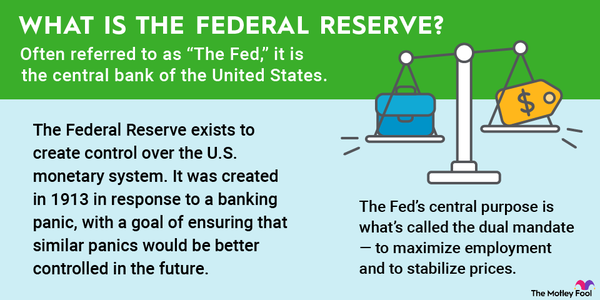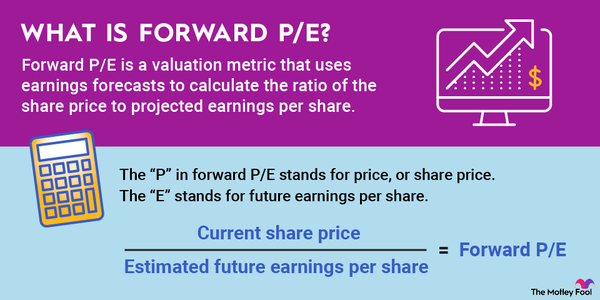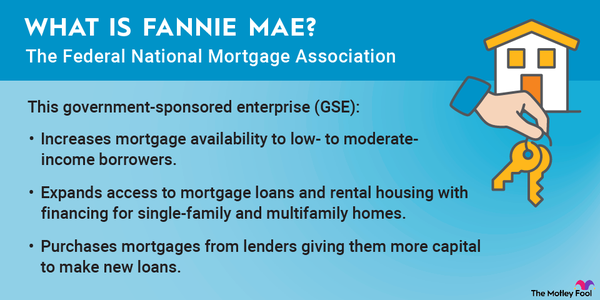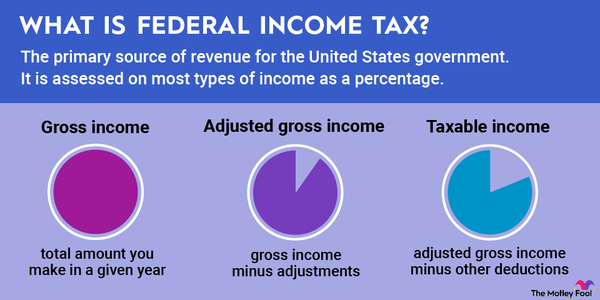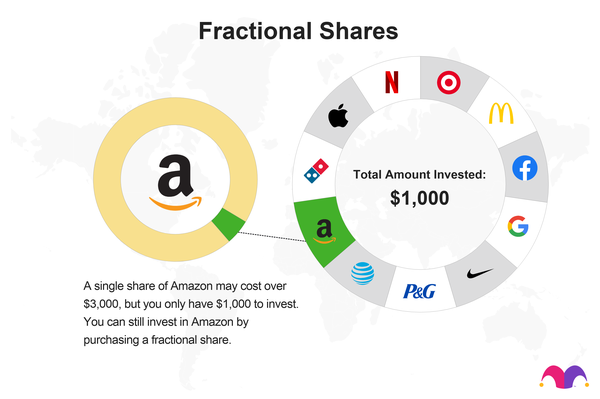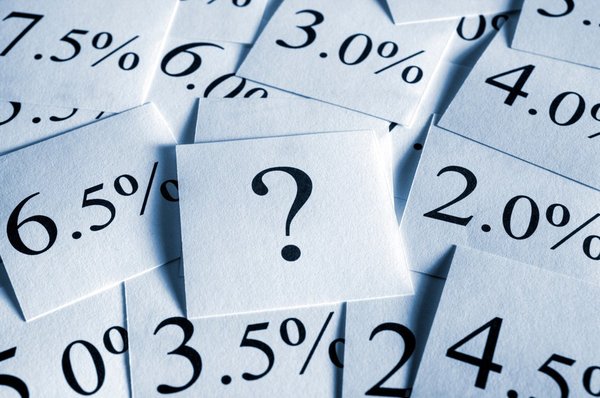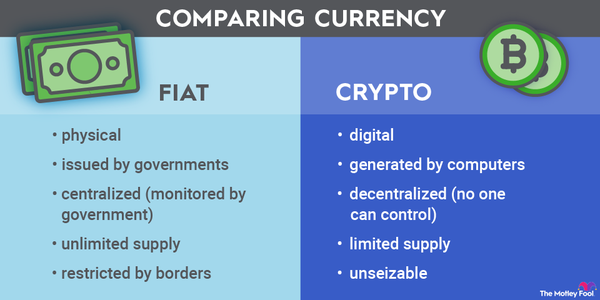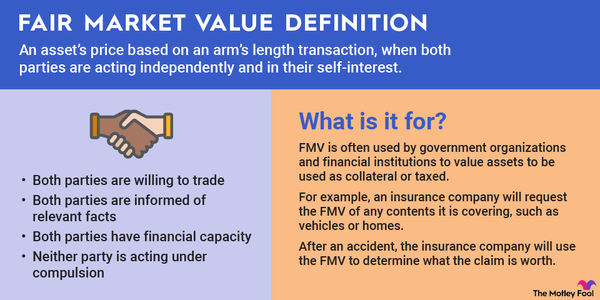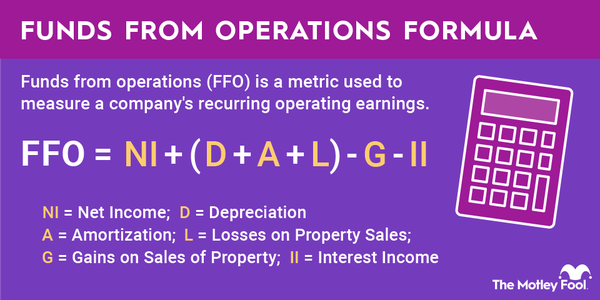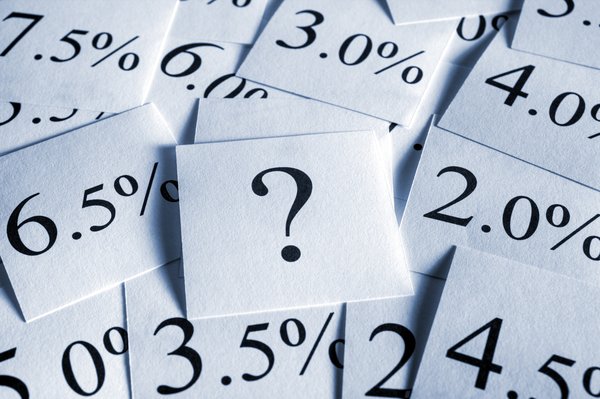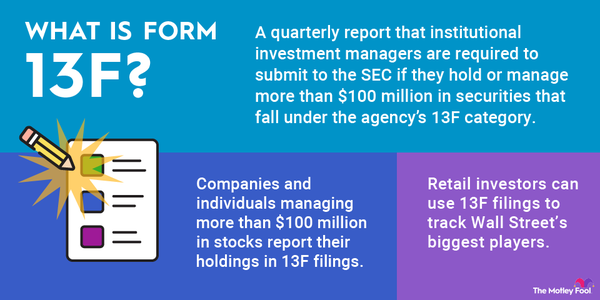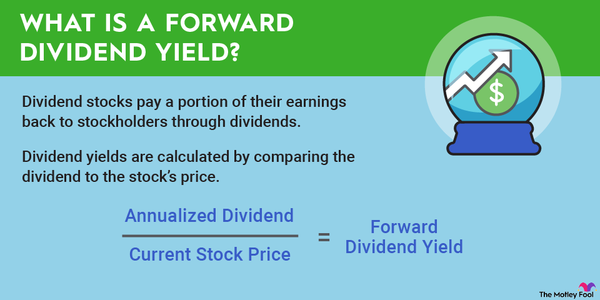You’ve probably heard mentions of fiscal policy. It’s often a hot topic in Washington, but the term is a broad one that can mean a number of different things.
In general, it refers to the federal government’s policies on spending and taxes and their influence on the economy.
Often, fiscal policy is spoken of in contrast to monetary policy, which is controlled by central banks like the Federal Reserve Board. Fiscal policy, on the other hand, is generally controlled by legislators, such as the U.S. Congress.

What is included in fiscal policy?
What is included in fiscal policy?
Fiscal policy encompasses a broad range of government activities regarding spending and revenue, generally involving taxation.
Fiscal policy can include defense spending, Social Security and Medicare, and safety net programs like food stamps. It can also refer to temporary programs like the Paycheck Protection Program during the pandemic. On the opposite side of the equation, it includes how taxes are structured, as well as tax code incentives and disincentives.
Why does fiscal policy matter?
Why does fiscal policy matter?
Fiscal policy likely affects your life in more ways than you’re aware of. Almost every American pays taxes, for example, and tax policy changes frequently at both federal and state levels. Additionally, government spending programs will affect you directly if you’re a beneficiary. For example, student loan forgiveness programs have helped millions of former students save money on their loan payments, and the Affordable Care Act allowed tens of millions of Americans to buy health insurance. Even the minimum wage and labor laws, like those mandating overtime pay, fall under the umbrella of fiscal policy, as do trade policies like tariffs and fair trade agreements.
Government officials sometimes discuss fiscal policy in the larger context of supporting the economy or accomplishing certain goals -- generally low unemployment and strong economic growth.
Fiscal policy vs monetary policy
What’s the difference between fiscal policy and monetary policy?
Fiscal policy is often discussed in contrast to monetary policy, the other set of levers the government uses to influence the economy.
Monetary policy is set by central banks like the Federal Reserve Board, and includes the raising and lowering of interest rates in response to inflation and economic growth. It also refers to central banks’ ability to buy or sell bonds, which has become known as quantitative easing or tightening, respectively.
Monetary policy has been in the spotlight over the last year as the Fed has aggressively raised interest rates to slow inflation. At times, Fed chairman Jerome Powell has also called on Congress to do more with fiscal policy to bring down inflation and support the economy.
Expert views
Academic views on fiscal policy

Domenico Ferraro, PhD
The Motley Fool: What is the difference between expansionary and contractionary fiscal policy?
Domenico Ferraro, PhD: “Fiscal policy measures that increase the federal deficit as a percent of the Gross Domestic Product (GDP) are typically considered expansionary. In contrast, fiscal policy measures that decrease the federal deficit are considered contractionary. However, this taxonomy should not be taken literally as a ‘fundamental law.’ There have been cases in which contractionary fiscal policies led to an economic boom. For instance, the budgetary consolidations by Denmark and Ireland in the early 1980s are examples of contractionary fiscal policy with expansionary effects on economic activity. Reductions of large and growing budget deficits can be expansionary as they signal lower future taxation. Such a virtuous circle is the more likely, the higher the public debt to GDP ratio.”
The Motley Fool: How should long-term investors adjust their portfolios based on fiscal policy trends?
Domenico Ferraro, PhD: “Persistently high and growing federal deficit as percent of Gross Domestic Product (GDP) will eventually lead to high interest rates on government bonds and increased and volatile inflation.”

Wenyi Shen, PhD
The Motley Fool: What is the difference between expansionary and contractionary fiscal policy?
Wenyi Shen, PhD: “Expansionary fiscal policy aims to boost aggregate demand by increasing government spending or cutting taxes. During the 2008 Global Financial Crisis, the U.S. government passed the American Recovery and Reinvestment Act (ARRA), a $787 billion stimulus package that included tax relief, unemployment benefits, and infrastructure spending. During the COVID-19 pandemic, the U.S. implemented the $2.2 trillion CARES Act, providing stimulus checks, small business loans, and unemployment benefits.
Contractionary fiscal policy decreases aggregate demand by cutting government spending and raising taxes, often aiming to reduce budget deficits or to control inflation. For example, the U.S. pursued deficit reduction in the 1990s by tax increases and spending cuts. The fiscal consolidation efforts helped the U.S. achieve a budget surplus by the end of the decade. After the 2010 European debt crisis, Greece and Spain implemented fiscal austerity to restore fiscal stability.”
The Motley Fool: How should long-term investors adjust their portfolios based on fiscal policy trends?
Wenyi Shen, PhD: “Expansionary fiscal policy can stimulate economic growth but also create inflationary pressures. If inflation rises, central banks may raise interest rates, which lowers the market value of long-term bonds and discourages private investment. On the other hand, contractionary fiscal policy dampens demand and creates short-term market uncertainty. During these times, investors often shift towards defensive sectors for stability.
The impact of fiscal policy also depends on the state of the economy and its interaction with monetary policy. Expansionary fiscal policy generally creates less inflationary pressures in recessions than in expansions. Long-term investors should monitor key macroeconomic indicators like inflation rates, real interest rates, and the yield curve to adjust their portfolios as needed.
In the long run, a high national debt can create additional risk, leading to higher interest rates or potential default concerns. Studies have shown that fiscal stimulus tends to be less effective in highly indebted countries than in those with low debt. Investors may need to reduce exposure to high-risk assets if fiscal imbalances become unsustainable.”
Example
What’s an example of fiscal policy?
One of the most basic examples of fiscal policy in action is a tax cut. Governments often use tax cuts to stimulate spending or boost the economy. In the aftermath of the financial crisis, for example, the government issued a temporary payroll tax cut designed to help stimulate the economy and encourage workers to spend more.
More recently, Congress passed the Tax Cuts and Jobs Act, which reduced the corporate tax rate. The measure was designed to support businesses and make the U.S. more competitive with corporate tax rates in other countries.
Fiscal policy can also influence the stock market; anticipation for the Tax Cuts and Jobs Act and its passage gave the stock market a boost, along with hopes for a trade deal with China.
Good fiscal policy can often help jump-start a new bull market, as programs such as the Troubled Asset Relief Program did during the Great Recession.
As investors know, a wide range of factors can influence the stock market, but it’s important not to overlook the impact of fiscal policy. It’s a good idea to pay attention to headlines coming out of Washington, especially those regarding government spending, taxes, and other decisions that can affect the stock market.









